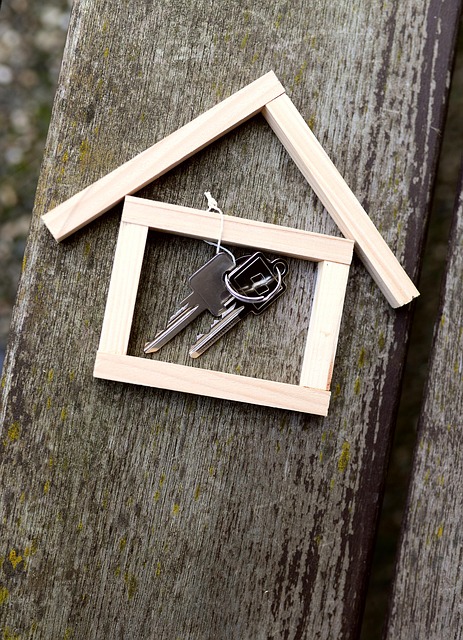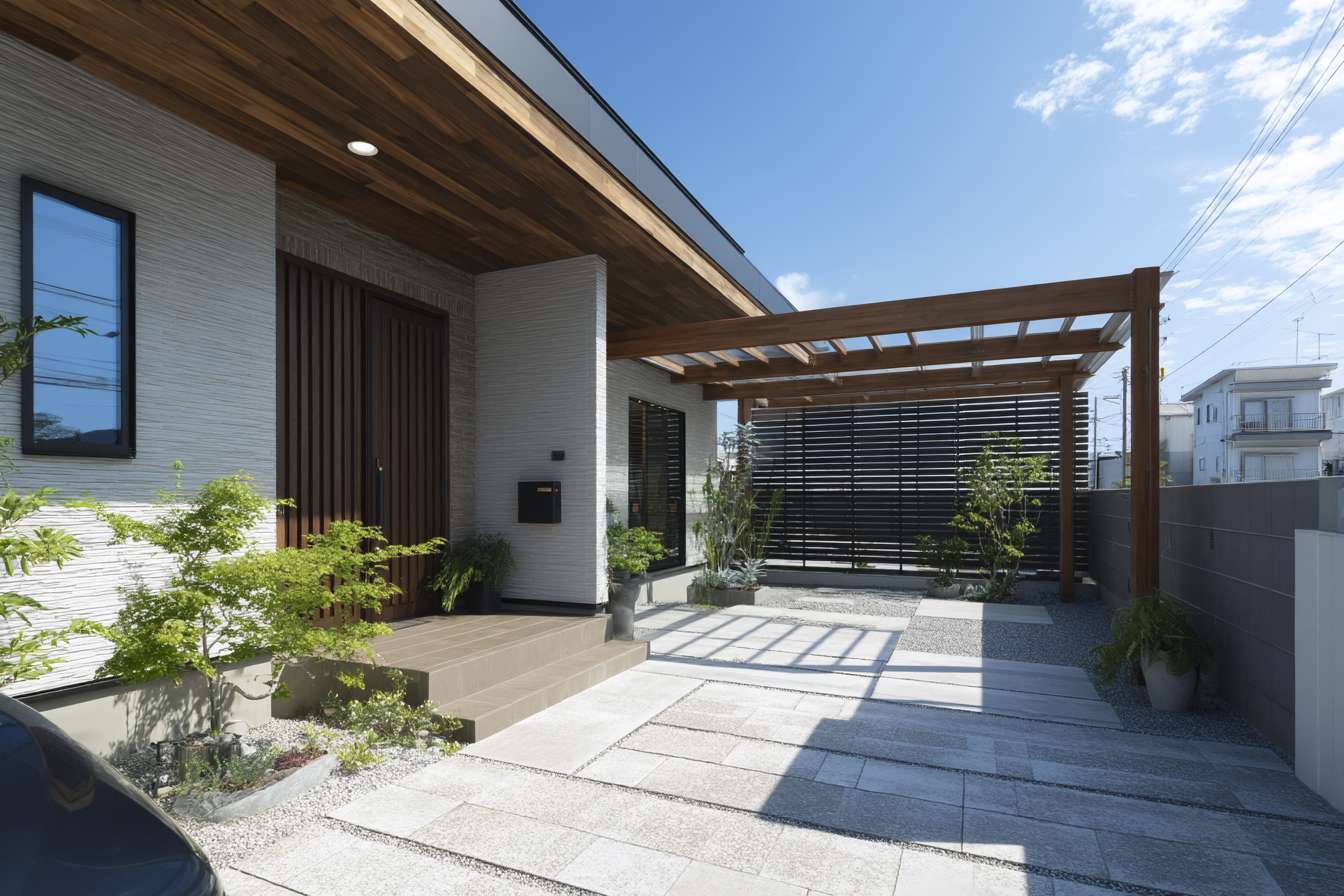The Ultimate Guide to Composite Doors: Durability, Efficiency, and Installation
Composite doors have revolutionized the world of home entrances, offering a perfect blend of aesthetics, durability, and energy efficiency. This comprehensive guide explores the benefits of composite materials, considerations for modern architecture, and the proper installation process for these innovative doors.

How do composite materials improve door durability and energy efficiency?
Composite doors are engineered to outperform traditional wood or uPVC options in both durability and energy efficiency. These doors are constructed using a combination of materials, typically including a solid timber core, surrounded by Glass Reinforced Plastic (GRP) or other synthetic materials. This unique composition results in a door that is incredibly strong, resistant to warping, and highly insulating.
The durability of composite doors stems from their resistance to environmental factors. Unlike wooden doors, they don’t rot, swell, or crack when exposed to moisture or temperature fluctuations. The outer layer of GRP is also highly resistant to scratches and dents, maintaining its appearance for years with minimal maintenance.
What makes composite doors more energy-efficient than traditional options?
Energy efficiency is a standout feature of composite doors. The multi-layered construction creates an effective thermal barrier, significantly reducing heat transfer between the interior and exterior of your home. This insulation property helps maintain a comfortable indoor temperature, reducing the workload on heating and cooling systems.
Many composite doors also feature advanced weatherstripping and threshold designs that create an airtight seal when closed. This further enhances their energy-saving capabilities by preventing drafts and air leakage, which are common issues with older or poorly fitted doors.
What should you consider when choosing a front door for modern architecture?
When selecting a front door for a modern home, several factors come into play. Aesthetics are crucial – the door should complement the clean lines and minimalist design often associated with contemporary architecture. Composite doors offer a wide range of styles and finishes, making it easy to find an option that aligns with modern design principles.
Consider the door’s glazing options as well. Large glass panels or unique glazing patterns can create a striking visual impact while allowing natural light to flow into the entryway. However, balance this with privacy needs and energy efficiency considerations.
How important is security in modern composite door design?
Security is a paramount concern in door selection, especially for modern homes that may have large windows or open floor plans. Composite doors excel in this area, often featuring multi-point locking systems and reinforced frames. Look for doors that meet or exceed local security standards and consider additional features like smart locks or integrated alarm systems for enhanced protection.
What are the key steps to measure and install a composite entry door correctly?
Proper measurement and installation are crucial for ensuring your composite door performs optimally. Begin by carefully measuring the existing door frame’s width, height, and depth. Take measurements at multiple points, as older frames may not be perfectly square.
When installing, start by removing the old door and preparing the opening. Ensure the frame is level and plumb before securing the new door. Use shims to adjust the fit and ensure even gaps around the door. Properly seal around the frame to prevent air and water infiltration.
How do you maintain and care for a composite door to ensure longevity?
One of the advantages of composite doors is their low maintenance requirements. Regular cleaning with mild soap and water is usually sufficient to keep the door looking its best. Avoid abrasive cleaners or solvents that could damage the surface.
Periodically inspect the door’s hardware, weatherstripping, and seals. Lubricate hinges and locks as needed, and replace any worn weatherstripping to maintain energy efficiency. With proper care, a quality composite door can last for decades, providing excellent value for your investment.
| Door Type | Material Composition | Average Lifespan | Energy Efficiency Rating |
|---|---|---|---|
| Composite | GRP, timber core, insulation | 30-35 years | High (U-value 1.0-1.4 W/m²K) |
| uPVC | Polyvinyl chloride | 20-25 years | Medium (U-value 1.2-1.6 W/m²K) |
| Timber | Solid or engineered wood | 25-30 years (with maintenance) | Variable (U-value 1.4-2.0 W/m²K) |
| Aluminum | Aluminum alloy | 30-35 years | Medium (U-value 1.5-2.0 W/m²K) |
Prices, rates, or cost estimates mentioned in this article are based on the latest available information but may change over time. Independent research is advised before making financial decisions.
In conclusion, composite doors offer a compelling combination of durability, energy efficiency, and aesthetic versatility for modern homes. By understanding the benefits of composite materials, considering architectural compatibility, and ensuring proper installation, homeowners can make an informed decision that enhances both the security and efficiency of their living spaces.




